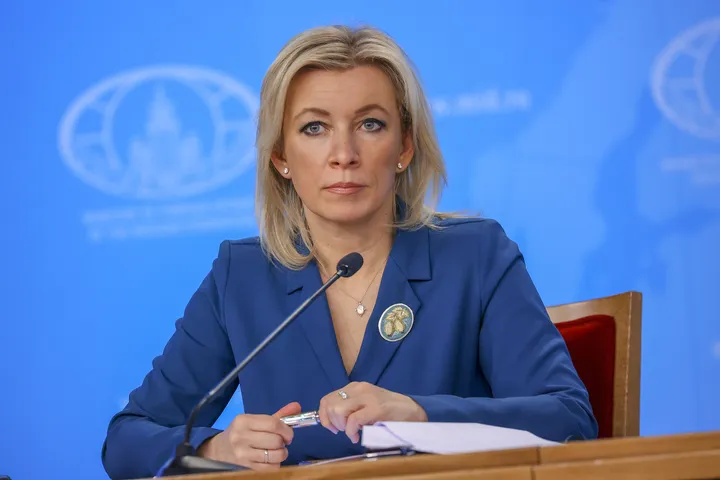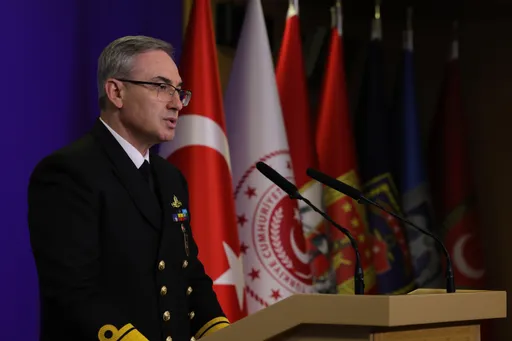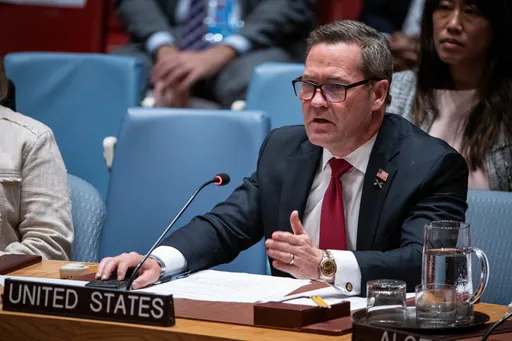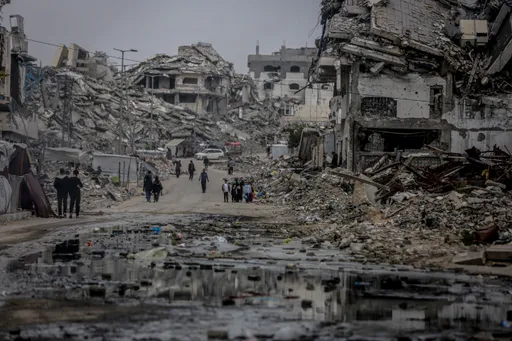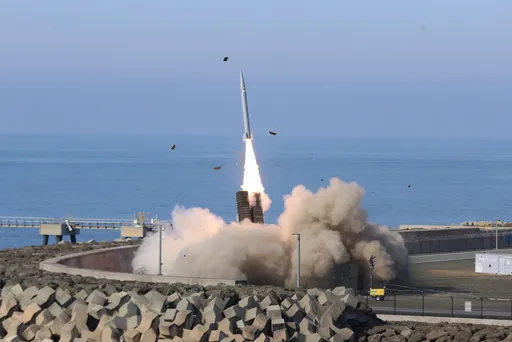Some of them rushed out in their slippers, the red-and-blue rubber slide-ins any one of us wear on a given day. Some came out wearing fluffy pink sandals which we use to get comfortable in our homes as we stroll to the kitchen, pick up a soda and then lie on a couch in front of the television.
Maybe that’s what many of them were doing on the night of July 15, 2016, when the news flashed on the TV screens: soldiers had taken over key bridges and buildings. Tanks were rolling down the roads and jets flying low over Istanbul.
That night, tens of thousands of Turks came out to face-off a renegade band of soldiers to preserve democracy.
The memory of the bloodshed which followed, and in which 251 Turkish citizens were killed, is perfectly encapsulated in the July 15 Memory museum located on the Asian side of Istanbul. It’s not far from the Martyrs Bridge where the traitorous soldiers had parked tanks, military trucks and placed heavy machine guns.
On a recent Tuesday, dozens of people with kids in tow streamed inside the museum where a staircase is decorated with the shoes and slippers of the civilians killed that night. Each pair is marked by a number to identify a victim.
“I don’t have the words to express what I felt that night. God forbid if anything like that happens again,” says Fatma Sayin, 52, a retired social security worker, who was visiting the museum with her daughter.
“I was surprised when I saw what was happening in our country. There are good people but then there are the treacherous ones,” she says, referring to the coup plotters.
Visitors coming to the museum are greeted by 251 cypress trees, each one planted in honour of a victim of the failed coup, which was instigated by members of FETO (Fetullah Terror Organisation).
FETO’s leader Fetullah Gulen resides in the US state of Pennsylvania. Despite Türkiye’s repeated requests to US officials, he hasn’t been deported and his organisation continues to operate openly in different countries.
At the museum, which was designed by the Turkish architect Muharrem Hilmi Senalp, the first thing that catches your attention is a geodesic monument with a sombre fountain inside. The marbled structure is built in a way to let in sunlight from all sides.
Inside the monument, golden plaques carry the names of the civilians killed by soldiers and helicopters that rained bullets on them. There are the names of Mustafa Kocak, Necat Sayin and Niyazi Erguven among many others. Quranic verses which were played from minarets of the mosques on the night of the coup gently serenade out of a speaker.
The museum was inaugurated by President Recep Tayyip Erdogan in December 2019. Last year, more than 15,000 visitors came on the anniversary of July 15.
When TRT World visited the museum, buses full of visitors had arrived. Some of the people had come from other countries.
“I was shocked and speechless,” recalls Bulent Oral, 52, who lives in Hamburg, Germany. Oral originally comes from Türkiye’s Hatay province.
“I remember getting goosebumps when I saw the tanks and soldiers on the TV screen that night. But I am here in the museum and personally experiencing what the people went through that night. I would be lying if I said it’s not making me emotional.”
Oral says he’s proud of the Turkish people who stopped the putschists.
Türkiye has seen multiple coups in its history. In 1960, the military hanged the then Turkish prime minister Adnan Menderes, along with the finance and foreign ministers.
A section in the museum named ‘The Attacks on the National Sovereignty’ details the history of various coups in Türkiye. A cluster of hangman nooses dangle from the ceiling.
“In that sense it’s important that we keep reminding our children and young people about what happened. People tend to forget traumatic experiences,” says Tuba Danis Ketanci, the director of the museum.
“That's why I care so much about the Memory July 15, which is a museum established to keep this memory alive and it is very successful in that sense,” she says.
“We regularly arrange school trips for children.”
No wonder right when you enter the museum the slogan “What you see is your story” catches your attention.
On one wall, a projector plays a video of a normal life in Türkiye – the hustle bustle, kids playing in a park, people working the farms, men fishing from the Galata Bridge - just what a tourist imagines the Mediterranean country to be.
But as you move further down, the scenes playing on different walls start to change. Now we see a confused newscaster with first footage of the military blocking a bridge coming in, tanks blasting their way through civilian neighbourhoods and soldiers pointing their guns at the people. Chaos.
Perhaps the most eye-catching monument from that night is the mangled carcass of a silver Astra car, which was run over by a tank.
There’s also the iconic iPhone, which CNN Turk’s newscaster Hande Firat used to contact Erdogan while the coup was underway. On that call Erdogan had called upon the people to come out of their homes to stop the renegade soldiers.
“There was fake news, like President Erdogan was fleeing from Türkiye to Germany. But I was 100 percent sure that a man like Erdogan would not do such a thing. I was sure that Erdogan would stay in his country and put up a fight until the very end,” says Taner Yalcin, a 50-year-old visitor.




